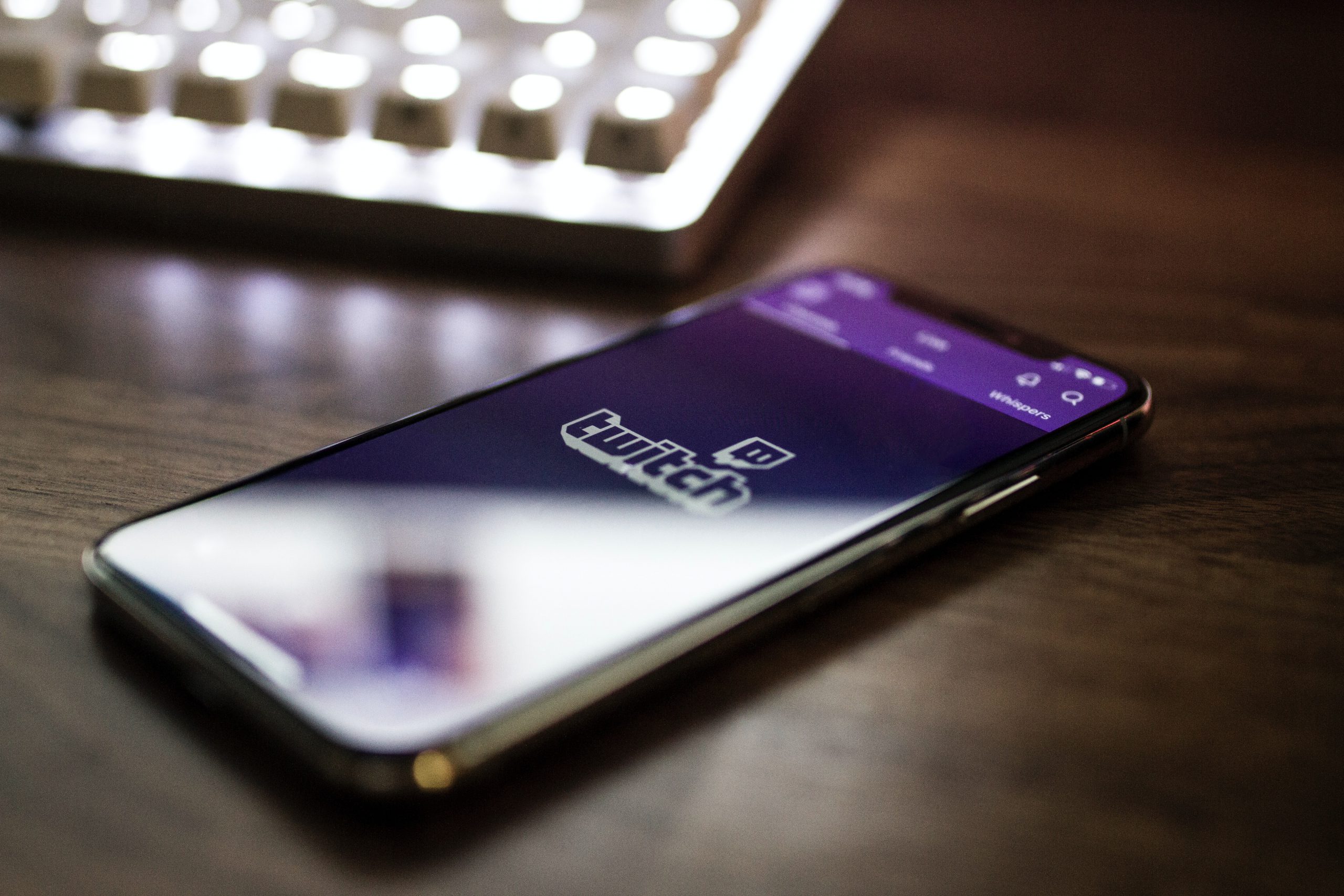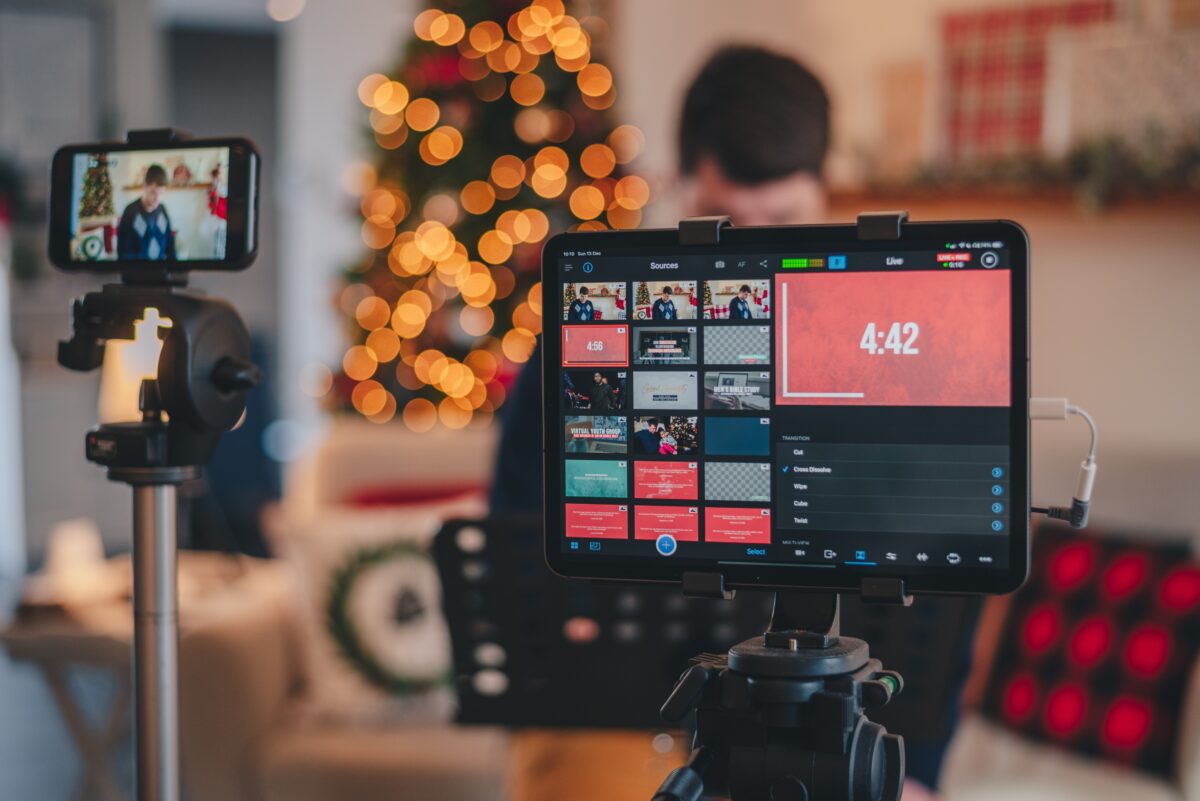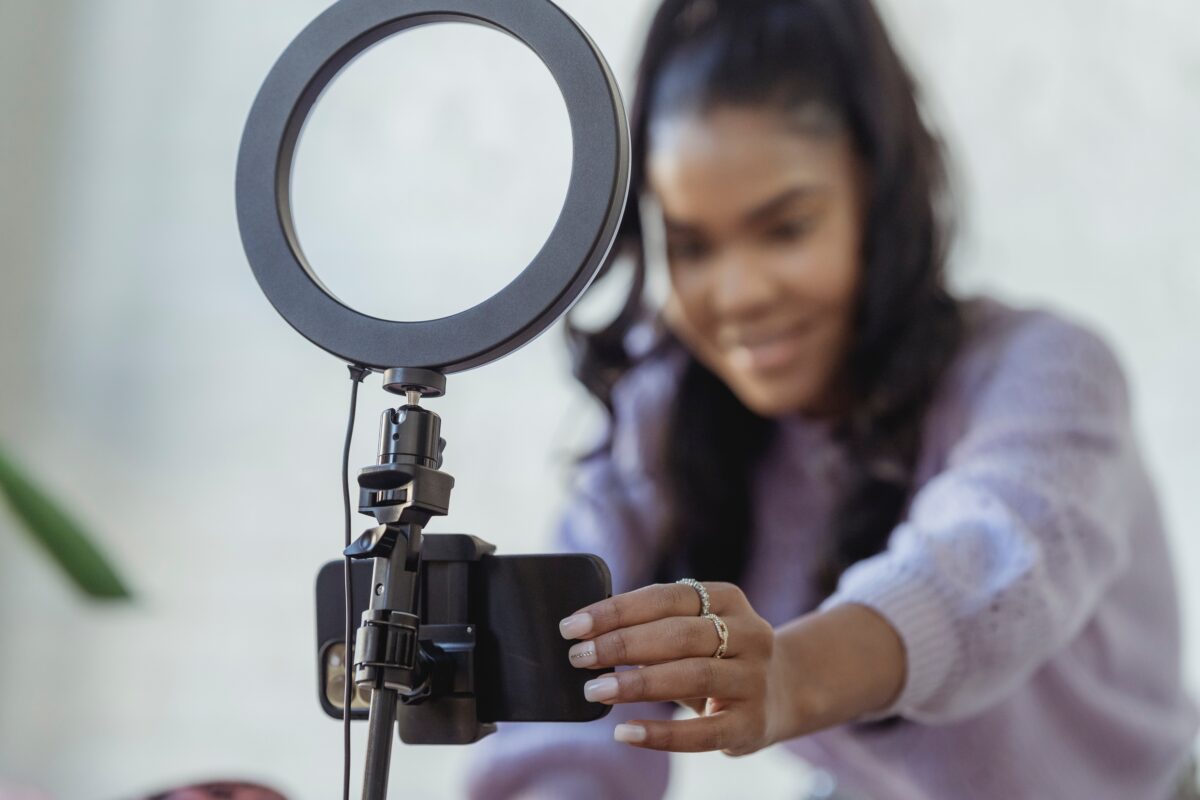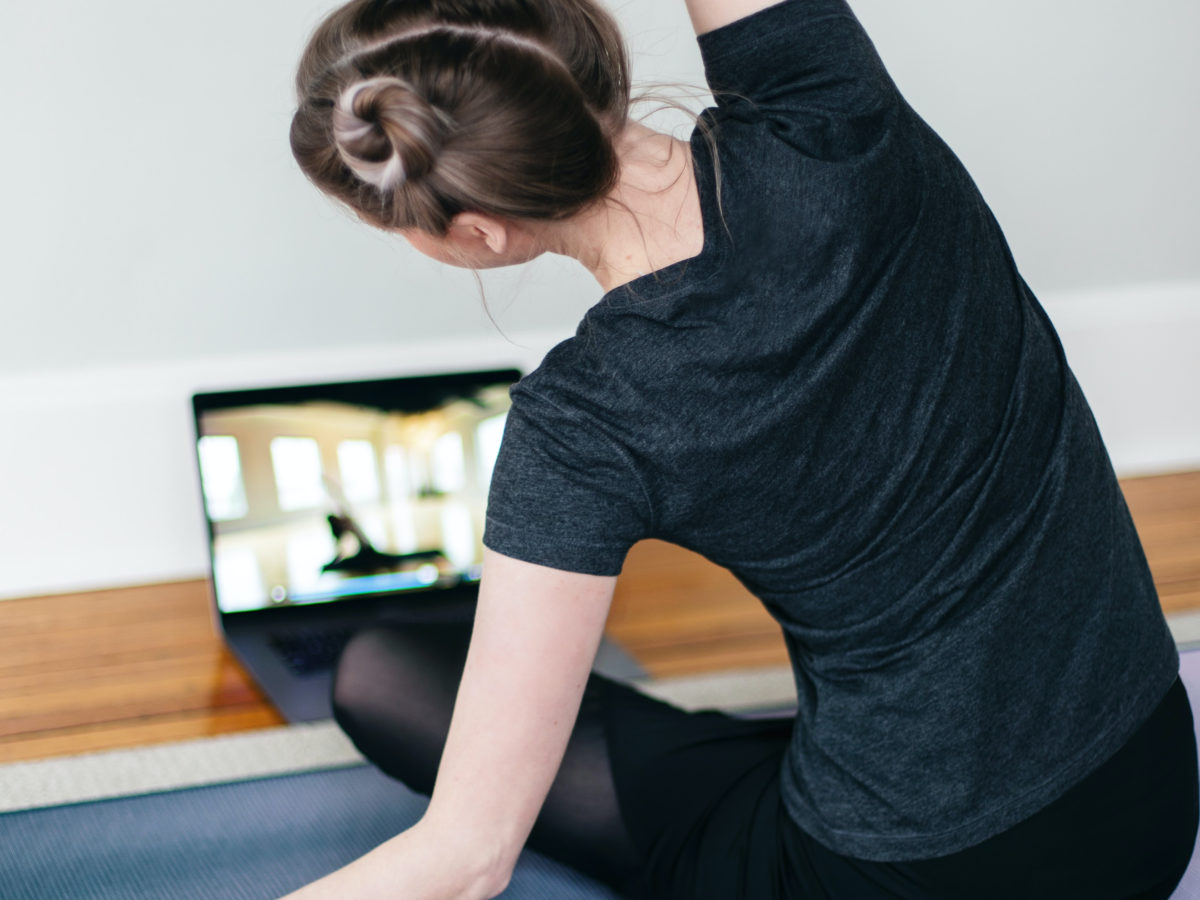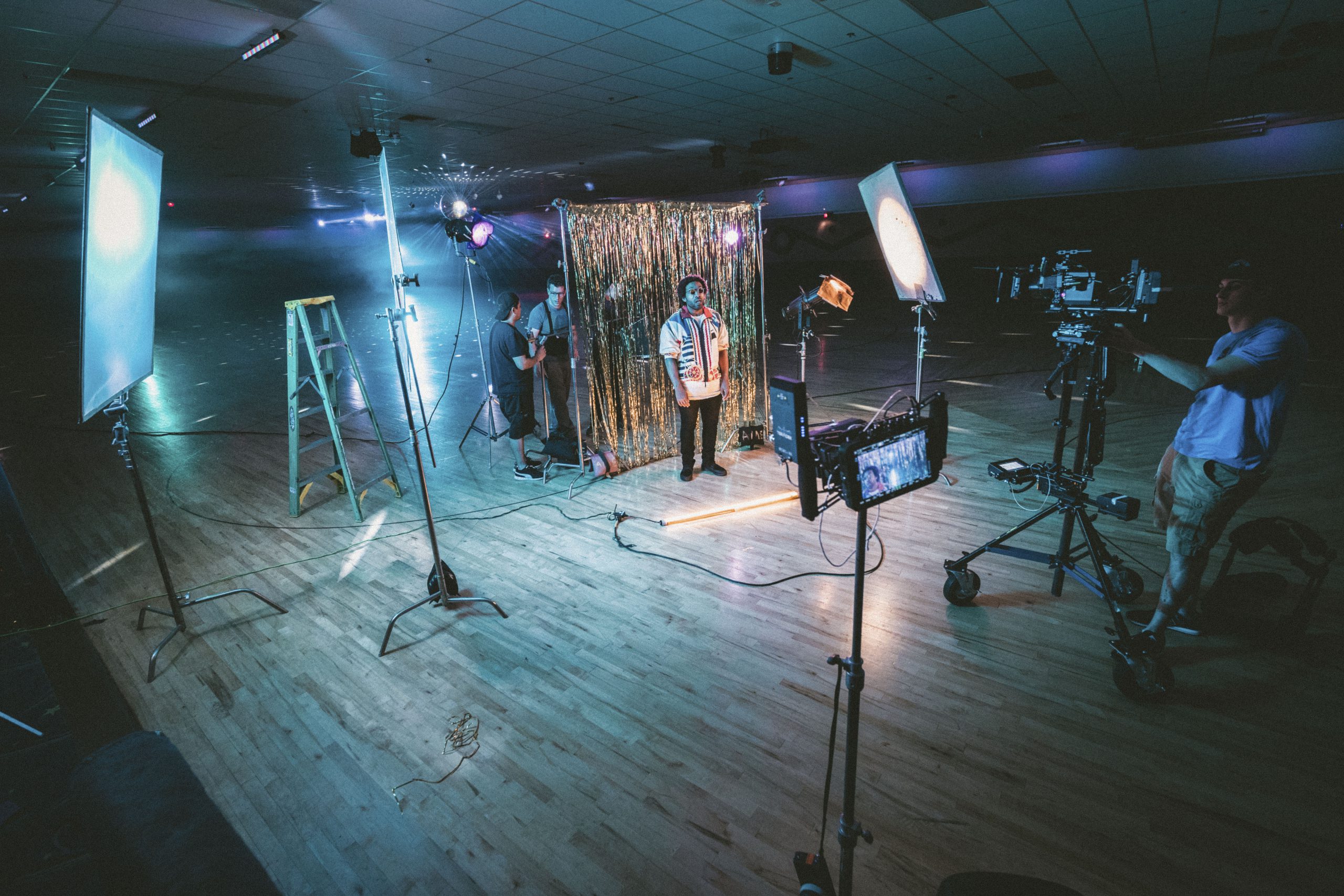If your business has anything to do with video games (or video game players), you must be familiar with Twitch. Originally founded in 2011 as a spinoff of Justin.tv, Twitch is currently the most-used platform for video game live-streaming. Currently owned by Amazon, Twitch offers … Continue reading “4 things you should know about Twitch”
Is your franchise live-streaming? 12 tips to look professional
During the COVID-19 pandemic, live streaming and video chat became not just convenient but critical mediums of communication and content delivery. And that continues today. Is your franchise live-streaming? If not, it’s not too late to get started! But before you dive headfirst into live-streaming … Continue reading “Is your franchise live-streaming? 12 tips to look professional”
Going live: 7 tips for any social media platform
Going live on any social media platform can feel intimidating, but if you let fear keep you away from live videos, you’re missing out on an ample opportunity. Live videos capture attention between 10 and 20 times longer than prerecorded, on-demand content, while more than … Continue reading “Going live: 7 tips for any social media platform”
7 tips to offer addictive live-stream workouts
The COVID-19 pandemic turned the fitness industry on its head, thrusting gym owners and instructors into live-stream workouts. Teaching fitness virtually is obviously very different from teaching in person. And live-stream workouts don’t appear to be going anywhere anytime soon. “Due to [the] COVID-19 outbreak, … Continue reading “7 tips to offer addictive live-stream workouts”
Live streaming: 12 tips for your business to look professional
During the COVID-19 pandemic, live streaming and video chat became not just convenient but critical mediums of communication and content delivery. That value continues today. Are you live-streaming for your business? If not, it’s never too late to get started! But before you dive headfirst … Continue reading “Live streaming: 12 tips for your business to look professional”
